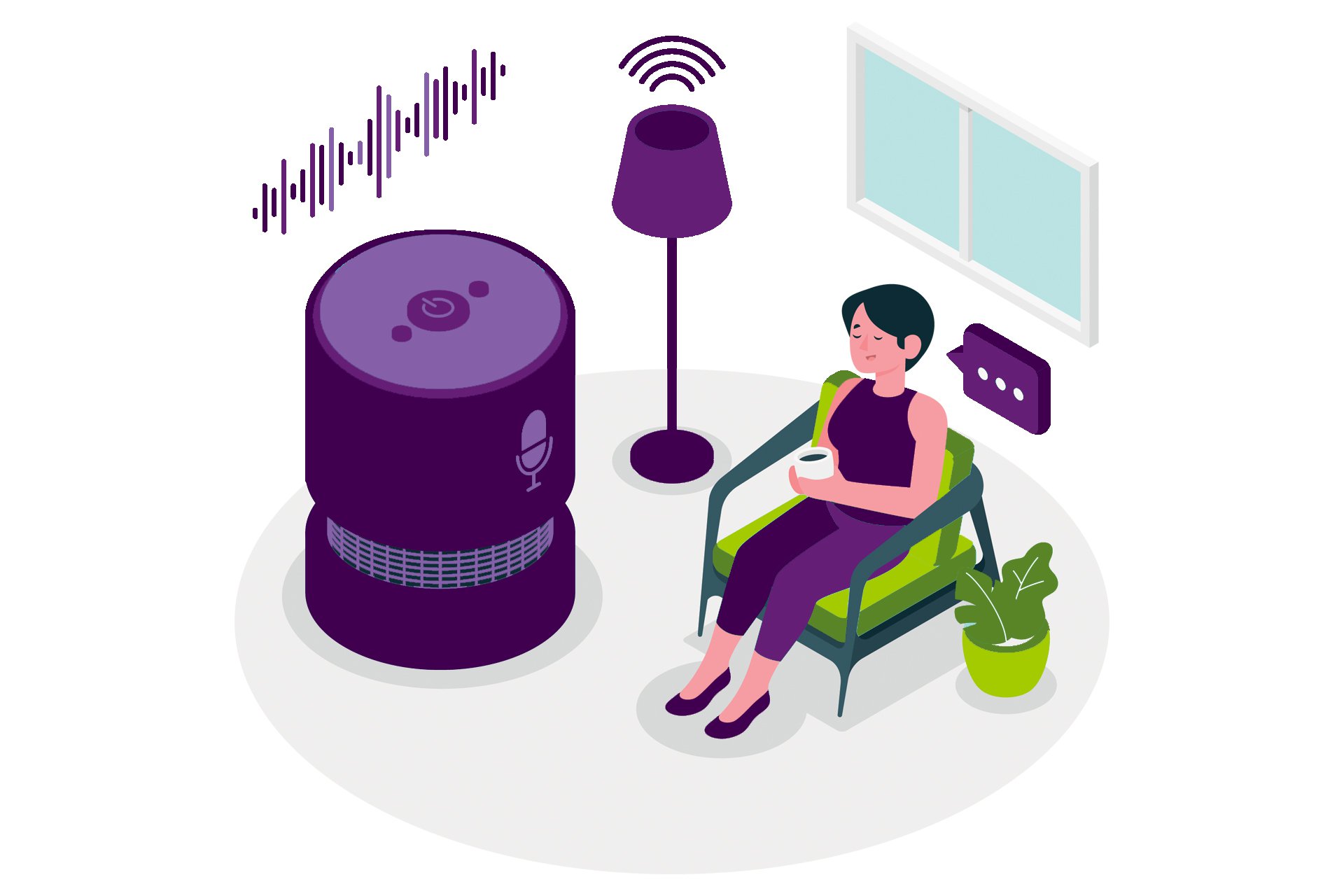What is Speech Recognition and How Can I Use It?
Nowadays a lot of smartphones and tablets come with a digital personal assistant built-in, the most popular being Siri, Alexa, Cortana, and the Google Assistant. All you have to do is tell it to perform a task such as playing a certain song or add an event to your calendar and it takes care of the rest. These virtual personal assistants and many other AI products are powered by speech recognition technology. Let’s take a closer look at speech recognition as well as some additional use cases.
What is Speech Recognition?
As the name suggests, speech recognition is the ability of AI technology to recognize human speech. This technology has been perfected over the course of the past decade to the point where solutions like IBM Watson can detect sarcasm, irony, intent, and many other nuances in our speech that we take for granted. This is the same supercomputer that defeated every Jeopardy champion at their own game. Now that we know what speech recognition is, let’s take a look at how it works.
How Does Speech Recognition Technology Work?
When you give a voice command or simply say “Hello”, the system uses an analog-to-digital converter (ADC) to take all of the sound waves that were created and turn them into something the computer can understand. The system then uses natural language processing (NLP) to analyze, understand, and then derive the intent. Just like with most machine learning technology, human data annotators are needed to provide the ground truth in order to train it so that the system can correctly understand the speech.
All of the digital information needs to be labeled in a way that can be indexed by the ML algorithms that will be processing it. These labels will tell the machine how significant the data is via the attribute tags. This is a very time-consuming process, but it is very important for the overall success of the project because if the computer learns irrelevant data patterns, you might have to go back to square one. Therefore, if you are using an outsourcing provider to handle your speech recognition, you really need to make sure they know what they’re doing and have a thorough QA process in place.
There are many other uses of speech recognition technology including things from our everyday lives and let’s take a look at those next.
Speech Recognition at Home
The number of personal assistants in US households has dubbed since 2018 and is expected to reach 275 million by 2023. The usage of voice-powered IoT devices has grown significantly to the point where you can turn anything on or off in your house with a voice command. A lot of IoT companies are paying Amazon to add certain functionality to Alexa instead of developing something of their own from scratch. The reason is that Amazon has made significant strides with Alexa. When it was first introduced back in 2016 it had only 130 skills that it could do. By September 2019, this number increased to 100,000.
Speech Recognition in the Workplace
According to a report by Gartner, 25% of professionals in the US will be using digital assistants in their jobs. Additional research revealed that 58% of companies plan to invest in this technology within the next couple of years. It is easy to see AI-power personal assistants are worth the investment. They can save a lot of time by performing routine tasks quickly such as searching for emails, attachments, and other information a lot faster than manually scrolling through an inbox or even conducting a search for it.
This technology is also often used for speech-to-text transcription which is very useful for anybody whether you are simply working on a document and the software types what you are saying to a courtroom setting where it replaces a human transcriptionist. Beyond that, we are seeing this technology widely used in the customer service industry to answer customer calls. In fact, a lot of customer inquiries and questions can be handled by the automated system.
Mindy Support is Assisting the Development of Speech Recognition Technology
We mentioned that human data annotators are necessary to help researchers train the ML algorithms to understand human speech but it also requires a lot of detailed expertise such as performing semantic annotation, entity annotation, text/ content categorization, speaker clustering, transcription, sentence division, intent and sentiment annotation, language identification and many other details. Mindy Support has the necessary experience actualizing speech recognition and other data annotation projects. Our proven methods will ensure that all tasks are done correctly the first time thus saving you a lot of time and money. Regardless of the amount of data you need to be annotated, we can assemble a team for you within a short time period.
Posted by Il’ya Dudkin






